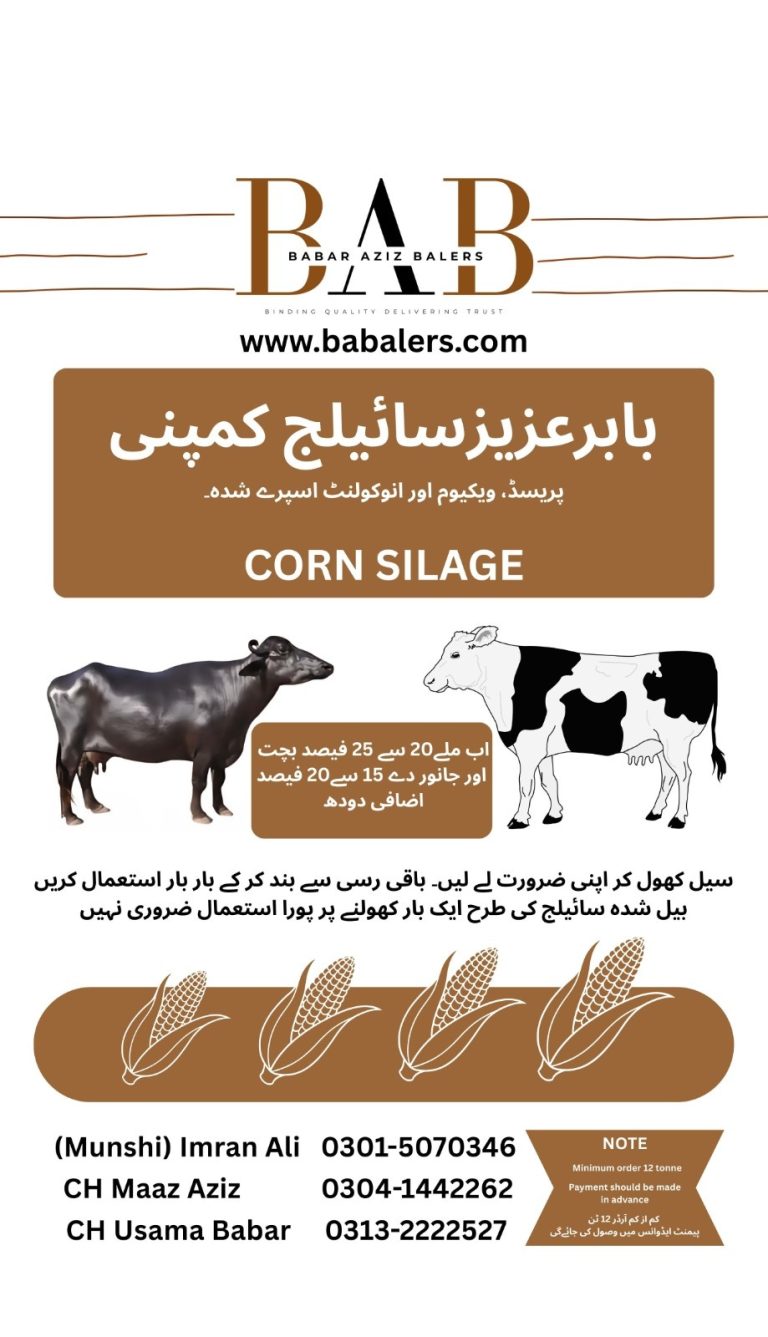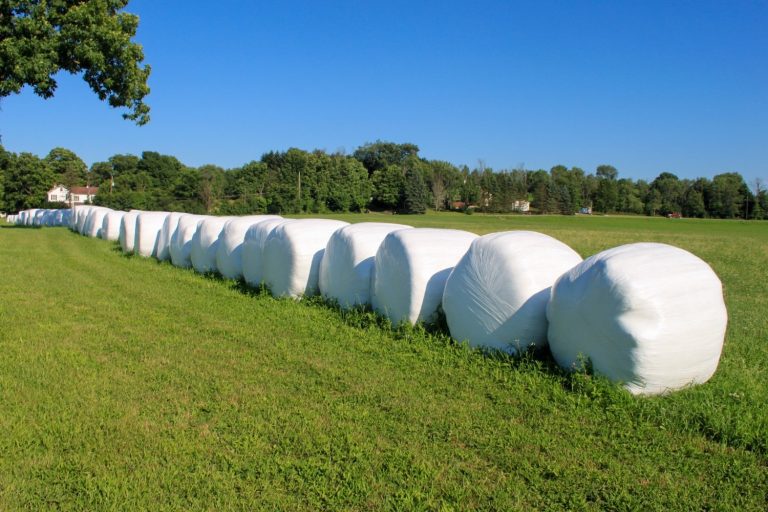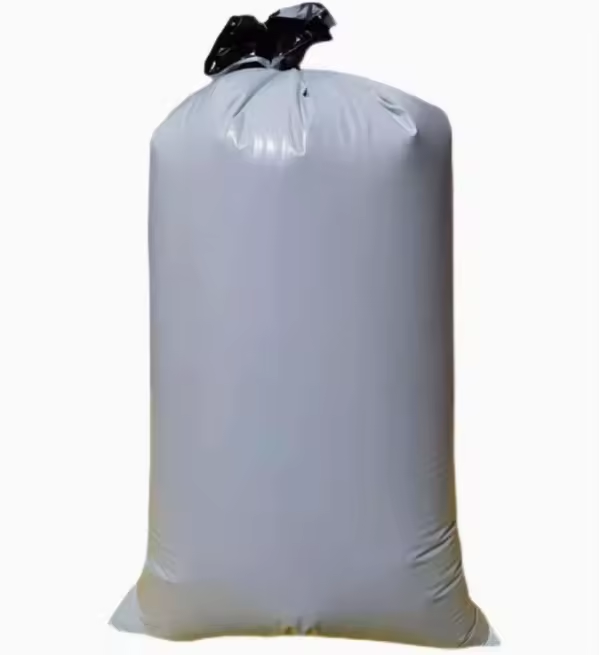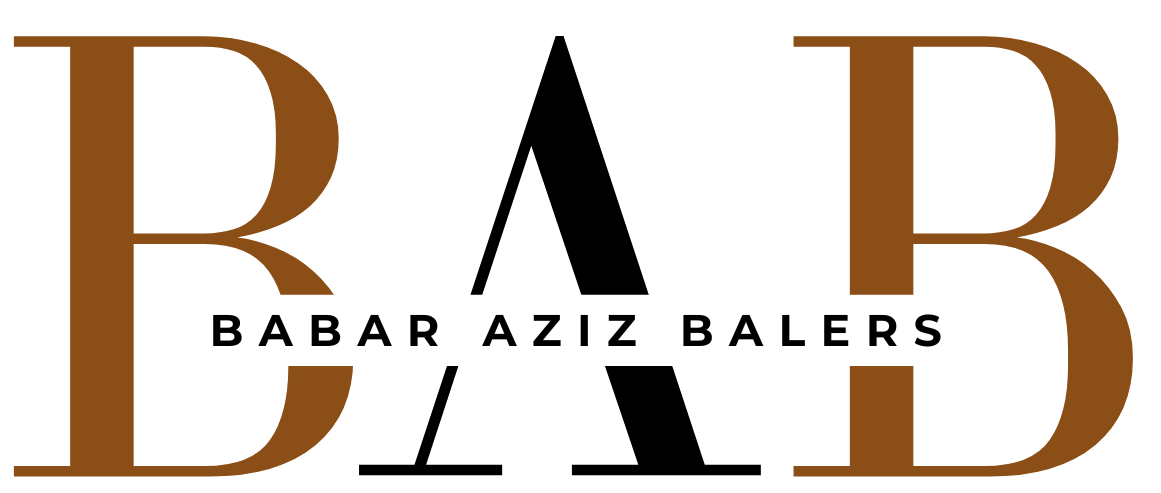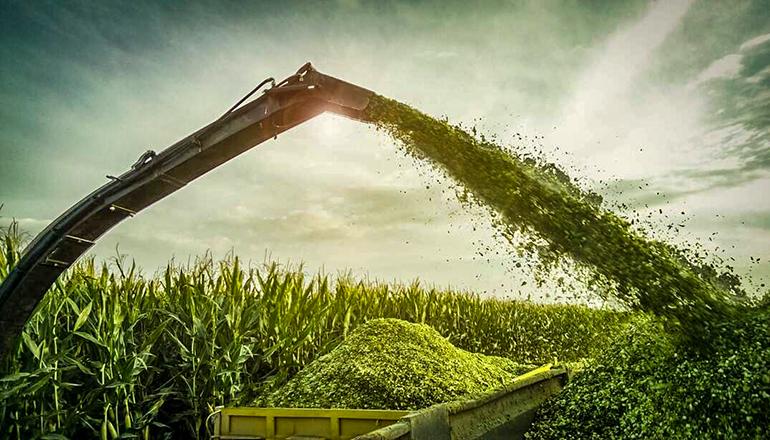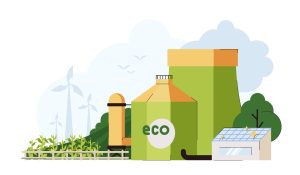Bagged silage vs Bunker silage
Intro — quick answer
Both bagged (wrapped) silage and bunker (pit) silage produce excellent fermented feed — but for many buyers (small & medium farms, feed mills, traders and co-ops) bagged silage is the smarter, lower-risk option. It ferments inside a sealed bag, is portable, easy to store and portion, produces less waste when opened, and needs less heavy machinery and infrastructure than a bunker. Below is a practical comparison so you can choose what fits your operation.
What we mean by the two systems
-
- Bagged (wrapped) silage — chopped forage compacted and sealed inside plastic bags or small wrapped bales (often 40–80 kg per unit). Also called small-bale or tube-bag silage.
-
- Bunker (pit) silage — large open pits or bunkers where chopped forage is compacted and covered with plastic sheeting/film and weighted (tyres, sandbags) to create an anaerobic seal. Bunker tons can be huge — hundreds to thousands of tonnes.
Head-to-head: key advantages of bagged silage
1. Portability & storage flexibility
-
- Bagged units are easy to move by hand, light vehicles or small trolleys. A typical bag (40–80 kg) can be lifted by two people; you don’t need forklifts or cranes.
-
- Bags can be stacked in small covered spaces, trucks, or containers. No permanent bunker required.
2. Manageable portion sizes — less waste
-
- Open a single 50–80 kg bag, feed it over a day or two and the rest remains sealed in other bags.
-
- Bunkers, once opened, expose large surfaces to oxygen. The opened face must be used quickly or it spoils — you can’t re-seal a bunker face easily. That creates more spoilage and higher effective feeding losses.
3. Faster & independent fermentation
-
- Bagged silage ferments inside the sealed bag quickly. You don’t need to build and wait on a large bunker to settle and seal; small batches can be made and used as needed.
-
- Great for staggered production and meeting variable demand.
4. Lower capital & site requirements
-
- No earthworks, retaining walls, heavy compaction equipment or long concrete bunkers needed.
-
- Ideal for rented land, temporary sites, or processors without fixed infrastructure.
5. Better for small/medium buyers and traders
-
- Small dairies, feed traders, and remote users often prefer bagged silage because it’s instantly usable, transportable and sellable in retail units.
-
- It enables a distributed supply chain — producers can sell wrapped bales directly to farmers or markets.
6. Easier export & long-distance transport
-
- Bagged/small-bale silage can be palletised and containerised for longer haul or export. Bunker silage is location-fixed and rarely feasible for long-distance sales.
7. Controlled quality & traceability
-
- Each bag is a discrete batch — easier to sample, test moisture/protein, and guarantee quality per unit.
-
- For buyers who need consistent specs, bagging allows separation of grades.
Important (realistic) drawbacks of bagged silage
-
- Plastic & waste: many bags and wrap films are used; you must manage disposal or recycling.
-
- Puncture risk: bags can be punctured by animals, sharp objects or rough handling; punctures must be patched quickly. Thats why at Babar Aziz Balers we cover the bag with a PP bag which is much tougher too.
-
- Cost per unit: small-batch labor and packaging add cost per tonne vs very large bulkbunkers (economies of scale). But in many Pakistani contexts the handling and spoilage savings outweigh the small premium.
Why bunker silage still makes sense (but for fewer use cases)
-
- Very low per-tonne packaging cost for very large farms or cooperatives: if you can fill/compact a big bunker and consume it quickly, per-tonne costs are lower.
-
- Large dairies or feed factories that have on-site feed lines, loaders, and staff can manage bunker systems efficiently.
-
- Long-term bulk storage for integrated farms with secure sites.
But note: bunker silage requires heavy machinery (loaders/rollers), a dedicated site, careful sealing and disciplined face management (slice & feed from the same face daily). If these operational controls aren’t in place, bunker faces spoil fast and losses mount.
Practical comparison (summary table)
| Factor | Bagged / Wrapped Silage | Bunker (Pit) Silage |
|---|---|---|
| Unit weight | 40–80 kg typical — easy to handle | Tons — needs forklifts/cranes |
| Portability | High — can transport by small trucks | Low — site-fixed |
| Opening & reclosure | Open 1 bag at a time — minimal waste | Once face opened, oxygen exposure -> spoilage |
| Infrastructure | Low — bagger & wrapper or mobile services | High — pit, compactor, loaders, weights |
| Ideal users | Small/medium farms, traders, exporters | Very large farms, integrated processors |
| Capital cost | Moderate per-tonne | Lower per-tonne for large volumes but high upfront cost |
| Spoilage risk | If punctured — local spoilage | High if face not managed properly |
| Traceability | Excellent (batch per bag) | Poorer (bulk) |
Best practices for bagged silage (to maximize benefits)
-
- Aim for 50–80 kg bag size for manual handling; 40–50 kg for small teams.
-
- Maintain target moisture (usually 60–65% for grass/maize; adjust by feed type).
-
- Store on pallets or a dry base to avoid water wicking up the bag.
-
- Inspect and patch punctures quickly with repair tape.
-
- Keep bags away from rodents and sunlight (use shade or UV-stabilised film).
-
- Label each bag with date, crop, and basic specs (moisture %, field ID) for traceability.
-
- Train staff or buy services for correct compaction & sealing — poor sealing kills fermentation.
Environmental & disposal note
Both bagging and bunker use plastics; plan for bag collection & recycling where possible. Many suppliers now offer recyclable film options or take-back schemes — ask your supplier.
Who should choose bagged silage?
-
- Small and medium dairy farms without heavy machinery.
-
- Feed traders, co-ops and processors selling by the bag or pallet.
-
- Businesses that need flexible, portable, traceable feed with low site investment.
-
- Exporters or buyers that need consistent batch-tested feed.
Who may prefer a bunker?
-
- Integrated large farms or feed mills with on-site loaders, secure bunkers, and high daily feed-out volumes (who can consume an opened face quickly and manage it tightly).
Conclusion — practical recommendation
If you need flexible, low-risk, easy-to-store silage that can be moved, portioned, tested and sold — bagged / wrapped silage is the superior choice. Bunkers work where scale and on-site discipline exist, but for most buyers and traders (and for the realities of Pakistan’s many small/medium farms), bagged silage reduces spoilage, simplifies logistics and increases market reach.
About Babar Aziz Balers — our packed silage service
We now supply bagged packed silage (small wrapped units) alongside our wheat straw, sesame straw and chopped biomass lines. Our bags are moisture-tested, compacted for stability, and palletised for easy transport. Typical pack sizes: 50 kg (manageable by two people) or 80 kg (for mechanised handling). For bulk needs we also offer palletised crates and containerised shipments.
Contact us for specs, samples and pricing:
📞 0313-2222527
✉️ info@babalers.com
web: https://babalers.com/contact-us/
Quick FAQ
Q: Can bagged silage be stacked outdoors?
A: Short-term yes if covered and off the ground; long-term storage under cover is best to avoid UV and water damage.
Q: How long does bagged silage keep?
A: Properly sealed, bagged silage stays good for 6–12 months; quality depends on seal integrity and storage conditions.
Q: What bag size do you recommend?
A: For manual handling 40–60 kg; for small forklifts 80 kg is common. We offer custom sizing.
